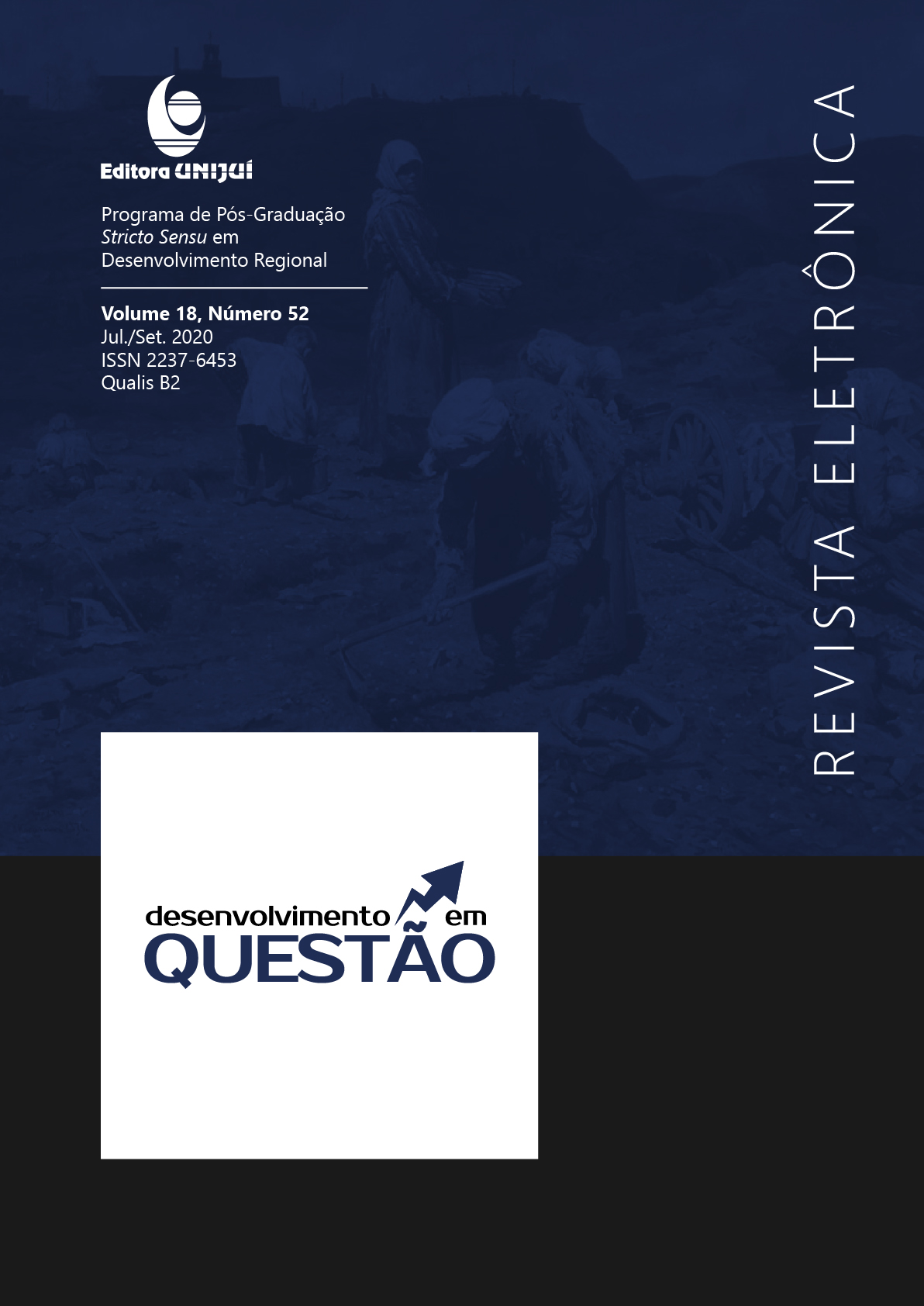MARKETING, TECHNOLOGY AND PLANNING AS COMPETITIVE DIFFERENTIALS TO LEVERAGE DARK TOURISM AND THE LOCAL AND REGIONAL DEVELOPMENT
DOI:
https://doi.org/10.21527/2237-6453.2020.52.324-334Keywords:
Tourism, Marketing-plan, Dark TourismAbstract
Competitiveness, new management and information technologies and high seasonality and market evolution, especially in the tourism sector, influenced marketing strategies making them an important tool for planning local and regional development. This article, resulting from studies and research developed by the ESADI Research Group - Sectorial Studies in Administration, Development and Innovation, aims to show how a Marketing plan can leverage the development of the tourism sector, especially in places that fit the concept of Dark Tourism. In this sense, it is about knowing the behavior of the consumer and obtaining information necessary for the preparation of a Marketing plan in order to boost local and regional tourism. To the methodological aspects, it is a theoretical framework whose results identify the advantages of operating tourism management based on a plan that contemplates the attraction and prospecting of clients based on five strategic actions: i) creation of a brand; ii) consolidation of the symbolic image of Sepé Tiarajú; iii) implementation of the missions application (APP); iv) Creation of the missions itinerary; and v) intensification of the structure of the sound and light show. The research points out the indications contained in an action plan, whose purpose provides a set of possible benefits for the tourist development of the Archaeological Site of São Miguel Arcanjo in the city of São Miguel das Missões/RS/Brazil inserted in the context of the Seven Peoples of the Missions.
Downloads
Published
How to Cite
Issue
Section
License
By publishing in Revista Desenvolvimento em Questão, authors agree to the following terms:
All works are published under the Creative Commons Attribution 4.0 International License (CC BY 4.0), which allows:
Sharing — to copy and redistribute the material in any medium or format;
Adaptation — to remix, transform, and build upon the material for any purpose, even commercially.
These permissions are irrevocable, provided that the following terms are respected:
Attribution — authors must be properly credited, a link to the license must be provided, and any changes made must be indicated.
No additional restrictions — no legal or technological measures may be applied that legally restrict others from doing anything the license permits.
Notices:
The license does not apply to elements that are in the public domain or covered by legal exceptions.
The license does not grant all necessary rights for specific uses (e.g., image rights, privacy, or moral rights).
The journal is not responsible for the opinions expressed in the articles, which are the sole responsibility of the authors. The Editor, with the support of the Editorial Board, reserves the right to suggest or request modifications when necessary.
Only original scientific articles presenting research results of interest that have not been previously published or simultaneously submitted to another journal with the same purpose will be accepted.
Mentions of trademarks or specific products are intended solely for identification purposes and do not imply any promotional relationship by the authors or the journal.
License Agreement (for articles published from 2025 onward): Authors retain the copyright to their article and grant Revista Desenvolvimento em Questão the right of first publication.











